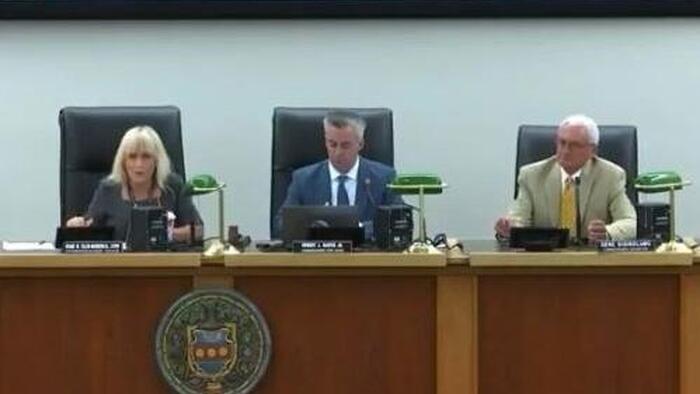On November 18, 2024, the Pennsylvania Supreme Court issued a significant ruling that mandated all county election officials in Pennsylvania to cease counting mail-in ballots that do not adhere to state law. This decision particularly targeted blue counties, where election officials had previously ignored the Court’s directive regarding the proper processing of mail-in ballots. The ruling arose in response to actions taken by Bucks County’s Democratic leadership, specifically Chair Robert J. Harvie Jr. and Vice Chair Dianne Ellis-Marseglia, who made the controversial decision to count ballots lacking proper signatures or dates on the outer envelopes. This defiance sparked a heated debate over election integrity and the strict adherences to Pennsylvania’s Election Code.
The Court specified that mail-in ballots must include a handwritten date and signatures in specific locations on the envelope to be valid. The ruling aimed to clarify discrepancies in the counting process and reinforce compliance with existing election laws. This development was notably relevant as an automatic recount was already in progress for the tightly contested race between Republican Senator-elect Dave McCormick and incumbent Senator Bob Casey, a Democrat. Under state law, a recount is mandated when the margin of victory falls within 0.5% of the total votes cast. The automatic recount, which is expected to be a costly affair for taxpayers, adds urgency to the enforcement of the Court’s decision.
The Pennsylvania Supreme Court’s instructions emphasized its authority, invoking King’s Bench to assure that all election boards, particularly in the counties of Bucks, Montgomery, and Philadelphia, adhere strictly to the former rulings. The Court’s language was firm, highlighting that mail-in and absentee ballots failing to meet the legal criteria shall not be counted in the ongoing election. This ruling aims not only to uphold the law but also to mitigate any potential allegations of electoral malpractice, thereby maintaining public confidence in the electoral process.
Despite receiving legal counsel advising against counting these disqualified ballots, the Bucks County commissioners made a controversial choice to proceed with counting. This decision triggered outrage and accusations of undermining the legal framework established by the Pennsylvania Supreme Court. Critics, particularly from the Republican Party, viewed this action as an intentional violation of election law designed to benefit Bob Casey, the Democratic incumbent. This scenario highlights the increasing polarization around election-related issues, often exacerbated by partisan responses to legal rulings and voting norms.
As the legal and electoral landscape continues to develop, observers are keenly watching how county election officials will respond to the Supreme Court’s order. Compliance with the ruling is essential to ensuring that the election process is conducted fairly and transparently. Failure to comply could result in significant legal repercussions and further complicate an already contentious election season. The unfolding situation not only impacts the current election cycle but also sets a precedent for future electoral processes in Pennsylvania, where the handling of mail-in ballots has become a hot-button issue.
In conclusion, the Pennsylvania Supreme Court’s recent ruling serves as a critical reminder of the importance of adhering to established election laws. The tension between county officials’ decisions and state legal requirements reflects broader national conversations regarding election integrity and procedural adherence. As the recount proceeds and the implications of this ruling unfold, all eyes will be on Pennsylvania to see how effectively the state can manage the complexities of mail-in voting while preserving the integrity of its electoral system. With ongoing scrutiny and potential legal challenges on the horizon, the future of mail-in voting in Pennsylvania remains uncertain, raising questions about the balance between accessibility and legal compliance in electoral participation.

